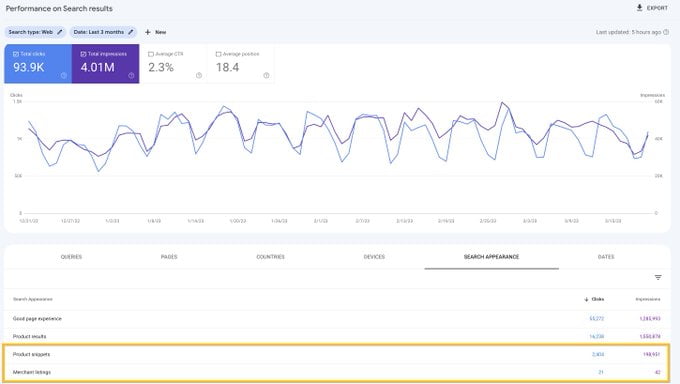
Introduction
Why Mobile-Friendly Testing Matters
In an era where smartphones and tablets have become ubiquitous, ensuring your website is mobile-ready is imperative. Google, the leading search engine, prioritizes mobile-friendly sites in its rankings. This means that if your site isn’t optimized for mobile, it could be missing out on a substantial chunk of potential visitors. Mobile-friendliness is not only about user experience but also a crucial factor for search engine optimization (SEO).
The Mobile-First Indexing Paradigm
Key Aspects of Mobile-Friendly Testing
1. Responsive Design
A responsive design ensures that your website adapts seamlessly to various screen sizes and devices. This is a fundamental aspect of mobile-friendliness. Google recommends responsive design as it simplifies the process of managing and maintaining your site.
2. Page Loading Speed
Mobile users are often on the go and value speed. A slow-loading site can result in higher bounce rates and lower user satisfaction. Use tools like Google PageSpeed Insights to identify and rectify speed-related issues.
3. Readability and Navigation
4. Optimized Images and Multimedia
5. Mobile-Friendly Content
Conducting Mobile-Friendly Testing
Frequently Asked Questions
Is mobile-friendliness only important for SEO purposes?
How can I check if my site is mobile-friendly?
Can I have a separate mobile version of my website?
Are there any SEO benefits to having a mobile-friendly site?
What should I do if my site fails the mobile-friendly test?
What is your approach to social media marketing?
I’ll create a comprehensive social media strategy tailored to your business. This includes content creation, posting schedules, community engagement, and tracking key performance metrics to ensure your social media presence aligns with your goals.
Can I rely solely on mobile optimization for SEO?
Conclusion
In the digital landscape, mobile-friendliness isn’t merely a choice; it’s a necessity. Ensuring that your website is optimized for mobile users is a foundational step in bolstering both user experience and SEO performance. By adhering to the principles of mobile-friendly testing outlined in this article, you’ll be well on your way to maximizing the potential of your online presence.
Optimize Your Online Presence Today
Convey a collaborative approach, emphasizing that you'll work closely with them to create a tailored SEO strategy.
Get Started!


